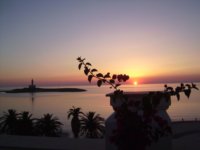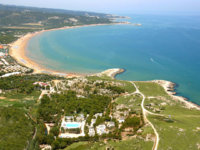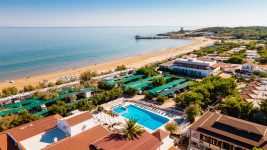In the heart of northern Puglia, hidden among the wonders of the Gargano, lies the majestic Lake Lesina. With its nearby Lake Varano and Lake Salso on the opposite side, it forms a triptych of naturalistic oases, unmissable for lovers of nature and bird watching.

Lake Lesina boasts an extension of 22 km in length and a width of 2,4 km, positioning itself as the second largest lake in southern Italy. But what makes it unique are its brackish waters, slightly salty, and its depth which rarely exceeds two metres. This feature makes it an ideal destination for birdwatching and fishing tourism enthusiasts.
The lake has a direct link with the Adriatic Sea, thanks to the Acquarotta and Schiapparo canals. And as if that wasn't enough, it is famous for its eel farms, a delicious gastronomic product typical of the area.
If you wish to immerse yourself even more in nature, the Lesina Nature Reserve awaits you. Established in 1981, it is a protected area rich in biodiversity. For an in-depth visit, the Visitor Center of the Gargano National Park 'Laguna di Lesina', managed by LIPU, offers routes and detailed information on the area.
But Lake Lesina does not only offer nature. Surrounded by greenery, the Naturalistic Museum, the Botanical Garden and the Ethnographic Museum 'La Casa del Pescatore' offer an overview of the culture and history of this fascinating corner of Italy. The recently added wooden path allows you to reach the only lake island in the South, home to the remains of a Roman villa dating back to between the XNUMXnd and XNUMXst centuries BC
The historic center of Lesina, with its cathedral and the bishop's palace dating back to the XNUMXth century, is a blast from the past, a reminder of the times when the life of the town revolved around fishing. The Naturalistic Museum of Lake Lesina offers a close-up view of the lake's fauna, while the Raffaele Centonza Museum Room tells ancient stories, revealed by buried finds dating back to between the XNUMXth and XNUMXth centuries BC
The churches of Santissima Annunziata and San Primiano complete the cultural offer, with their frescoes, paintings and architecture that tell of centuries of devotion and history.
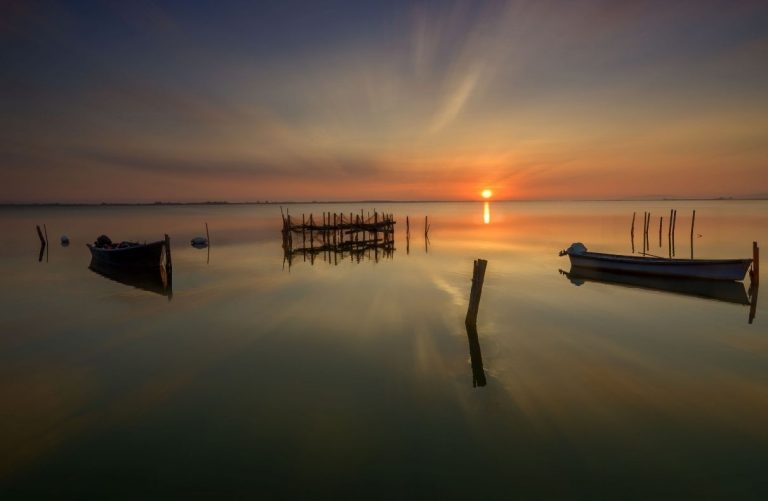





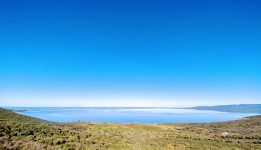





 Turismovieste.it is created by
Turismovieste.it is created by 



